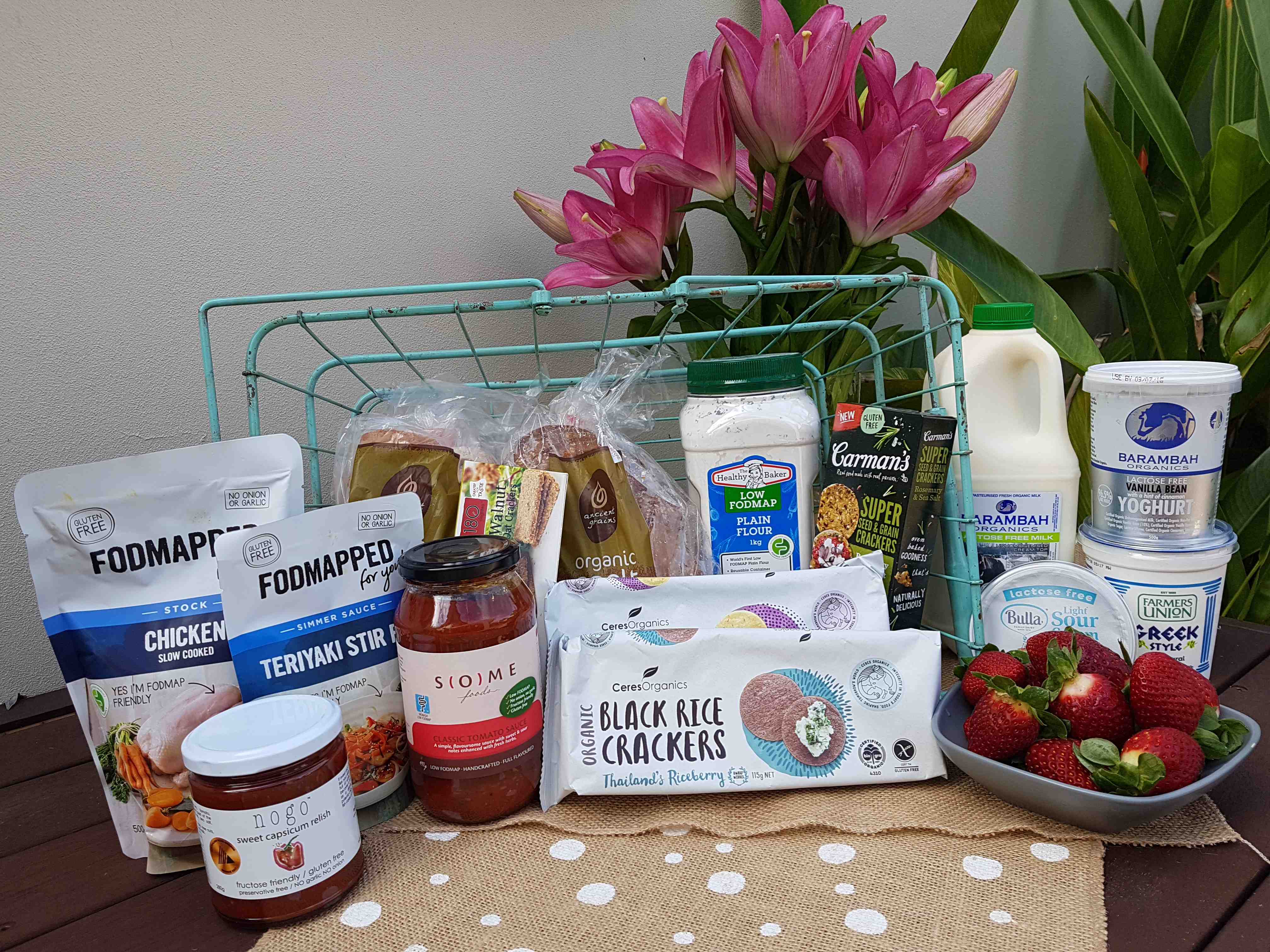 Happy and healthy bowels are the pillars for our body, mind, health and well-being. The gut is an amazing organ that turns the food that we eat into the cells of our body and the energy that we feel. When our gut is working well, we feel fabulous and full of energy. If it is not working, it is the first to let you know with symptoms such as bloating, excess wind, abdominal discomfort or pain, diarrhea and/or constipation and unexplained fatigue. Irritable Bowel Syndrome (IBS) will only be diagnosed when all other bowel disorders have been ruled out by your doctor or specialist.
Happy and healthy bowels are the pillars for our body, mind, health and well-being. The gut is an amazing organ that turns the food that we eat into the cells of our body and the energy that we feel. When our gut is working well, we feel fabulous and full of energy. If it is not working, it is the first to let you know with symptoms such as bloating, excess wind, abdominal discomfort or pain, diarrhea and/or constipation and unexplained fatigue. Irritable Bowel Syndrome (IBS) will only be diagnosed when all other bowel disorders have been ruled out by your doctor or specialist.
Around one in five Australians suffer from IBS and experience symptoms daily. These symptoms will vary in severity and duration, and can have a great impact on people’s daily lives. The actual cause of IBS is unclear, however addressing someone’s stress levels, improving their gut microbiome and trialling a personalised, low FODMAP diet are effective to reduce their symptoms.
FODMAPs is a term used to describe a group of short-chain carbohydrates in food. For people with IBS, these carbohydrates are poorly digested in the small intestine and will travel to the large intestine. It is here that trillions of gut bacteria digest and ferment these foods, which can cause excess bloating, wind, discomfort and unpredictable bowel habits. People with IBS have higher levels of sensitivity in their gut, feeling more pain than people without IBS.
Common foods high in FODMAPs include milk and milk products (contain lactose), wheat and also vegetables such as garlic, leeks, onion, mushrooms and cauliflower. Most legumes and chickpeas are moderate in FODMAPs as are fruits such as apples, pears, mango, stone fruit and cherries. Other problematic foods are honey, inulin (a thickener found in low fat dairy products) and some artificially sweetened diet foods. These foods can become challenging for people with IBS and each person’s tolerance to these foods is unique to that individual.
The low FODMAP diet follows three phases – elimination phase (2-4 weeks), re-introduction phase (4-6 weeks) and a maintenance phase. It is worth remembering that the foods high in FODMAPs are healthy, nourishing foods and are the necessary fuel for our good gut bacteria to thrive on. Therefore, it is so important that people only eliminate their problematic high FODMAP foods and include all the other FODMAP foods that don’t cause symptoms back into their diet. Working with an Accredited Practising Dietitian will guide an individual through this process, as well as provide practical and tasty meal ideas.
Other hints for improving your IBS symptoms include eating foods high in probiotics and prebiotics, adequate water intake, deep diaphragmatic breathing and gentle exercise with restorative movement (e.g. yoga, Tai Chi). Reducing one’s stress levels will also make a positive impact on the bowels, contributing to improved health and well-being.
There are many low FOMAP formulated sauces, stocks, marinades available with the main omission being garlic and onion, and also being gluten free. The products pictured I have personally tried and taste great. It can be very frustrating when buying new products for specific dietary needs to be disappointed with taste and flavour – these ingredients and foods taste great. If you are interested in more information on gut health, you may enjoy another of my blogs – Happy & Healthy Gut

